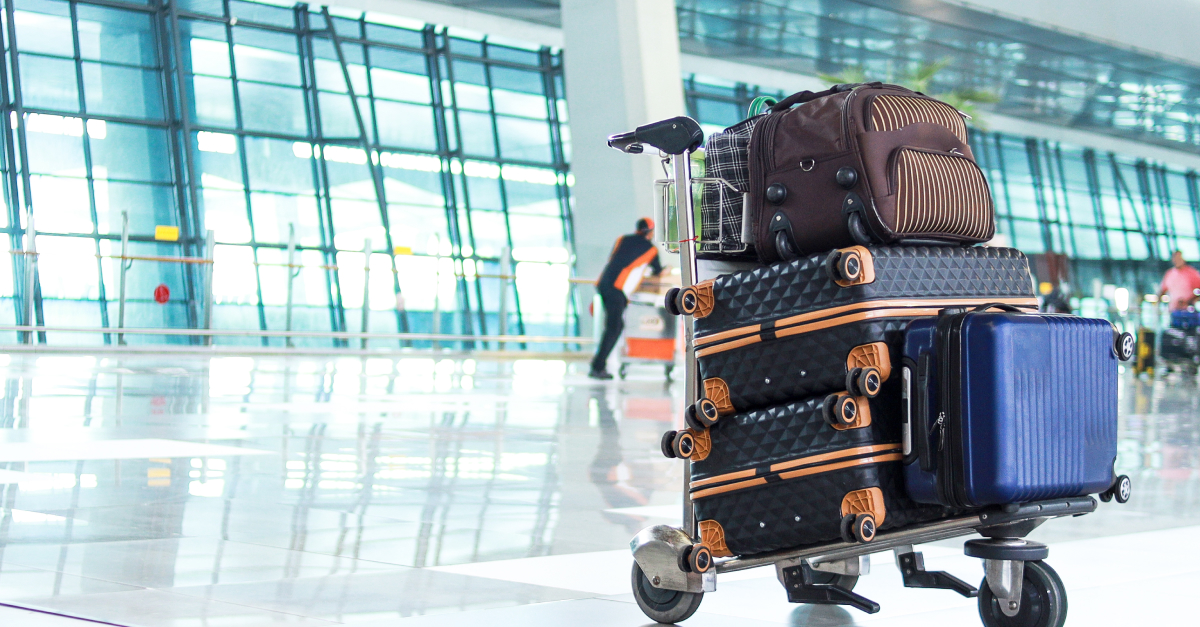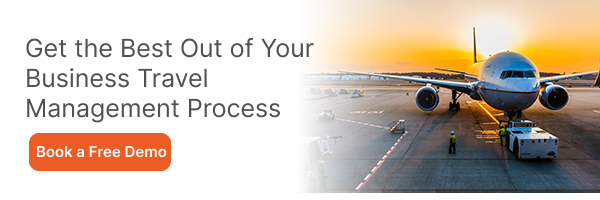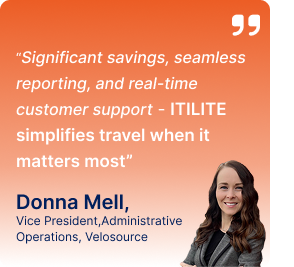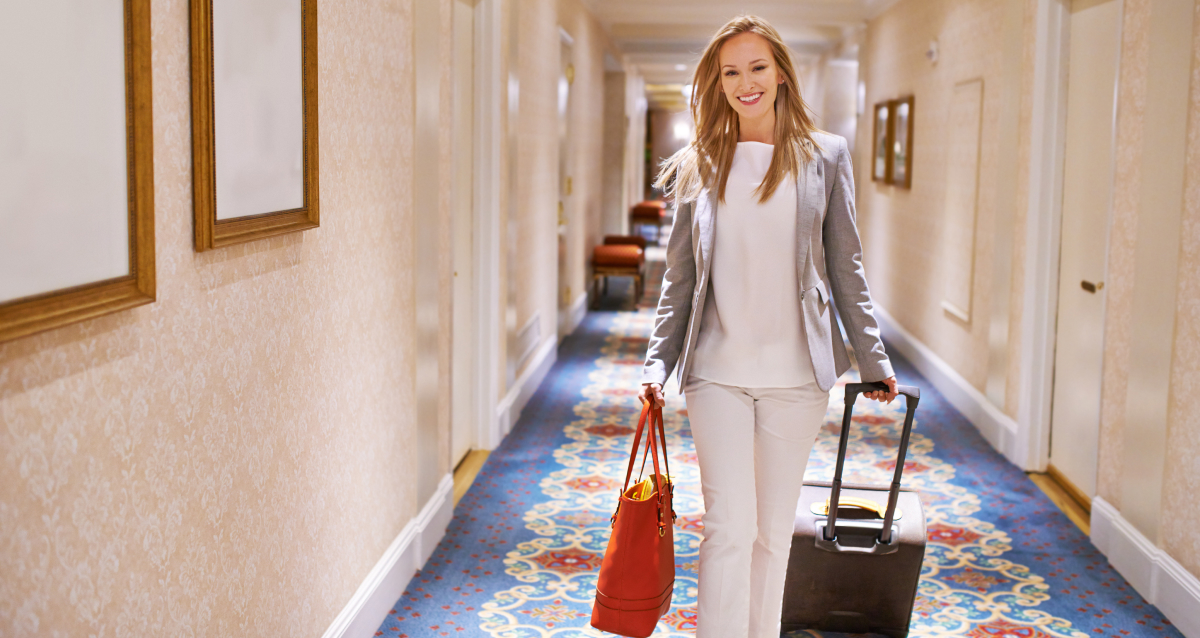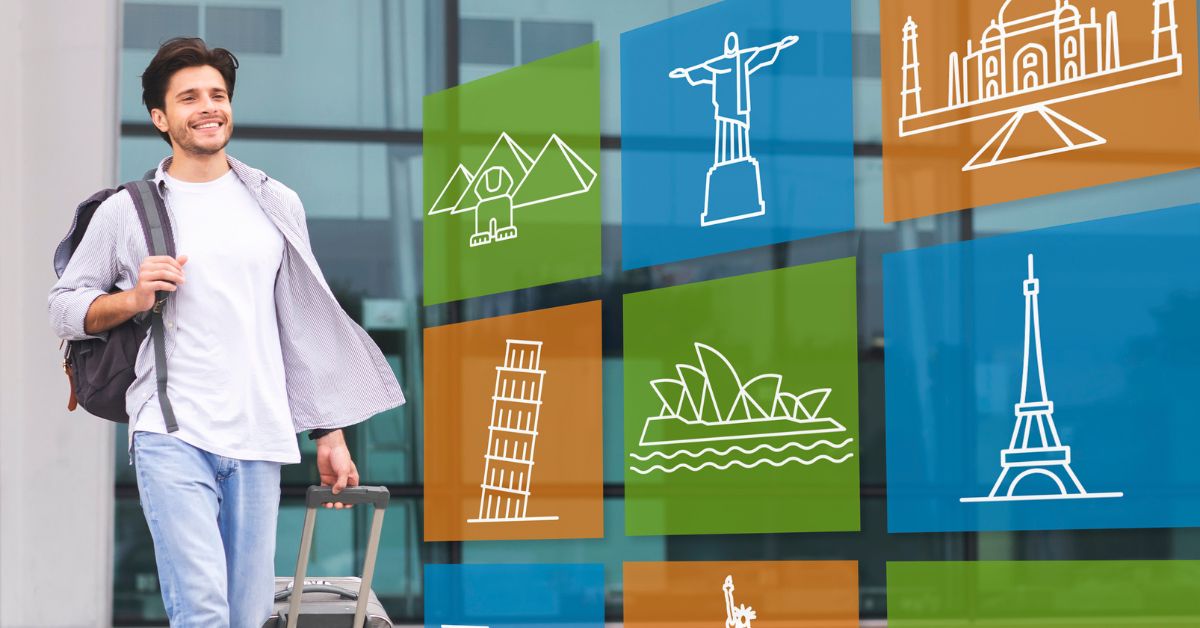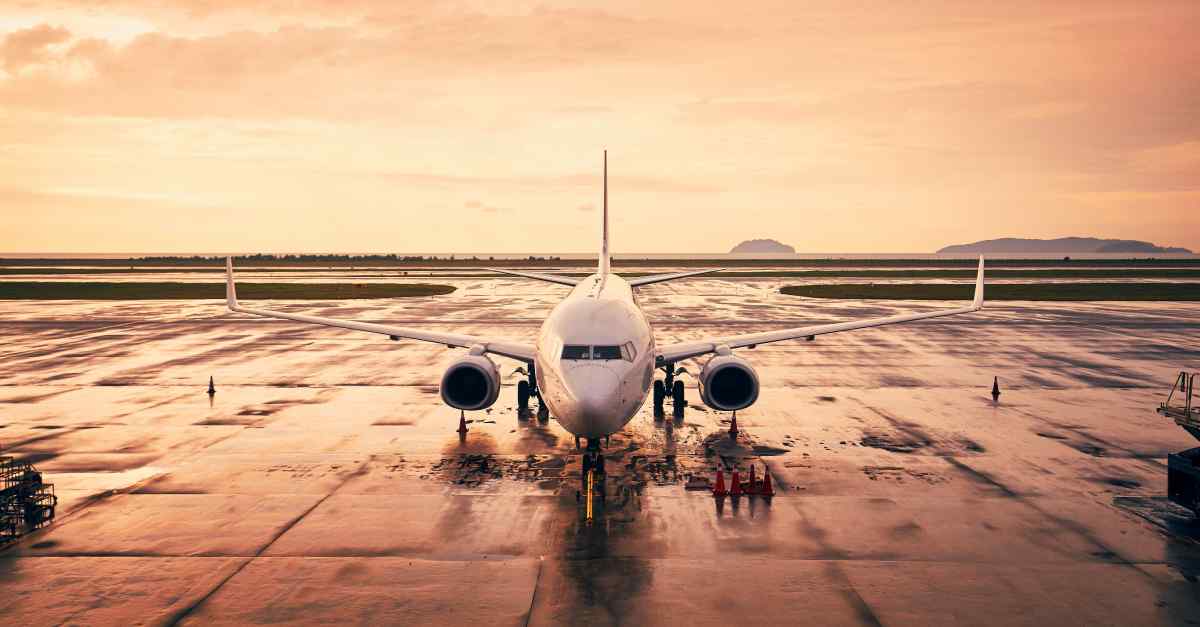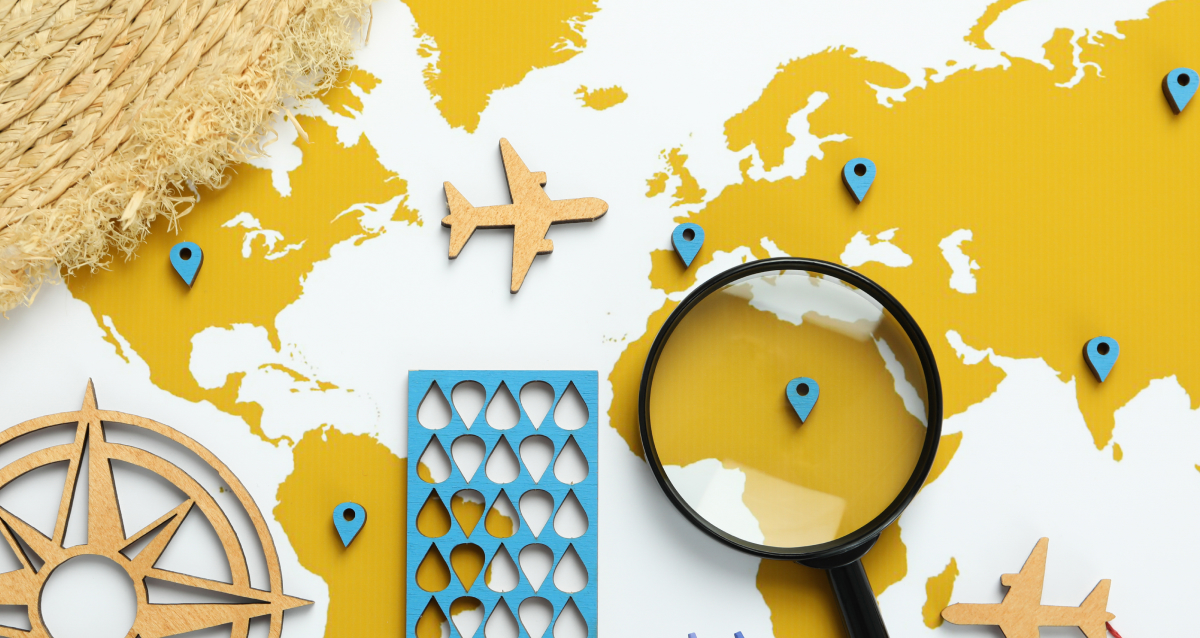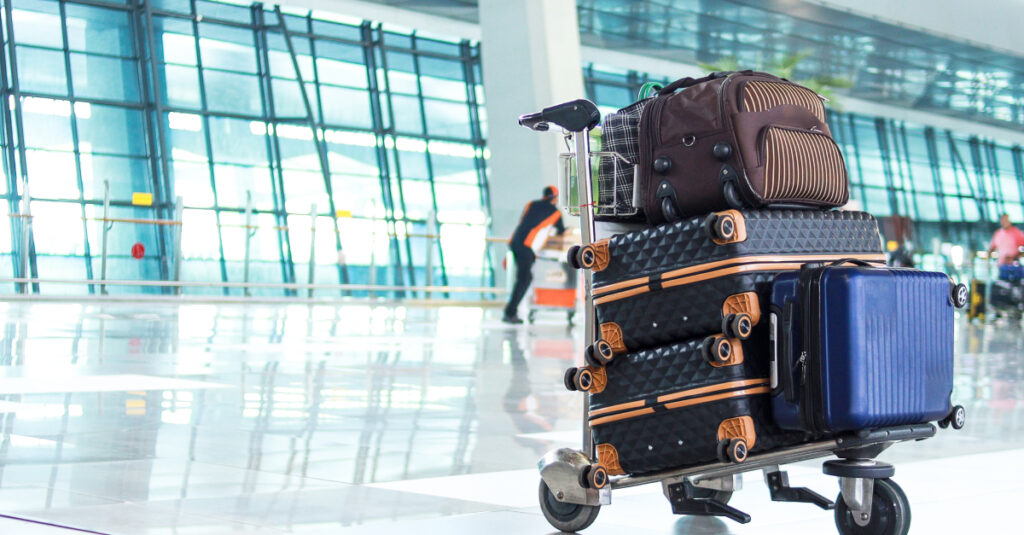
Travelers often opt to carry only a carry-on bag, especially for short trips, to avoid the rising costs of checking luggage. To make the most of your carry-on and checked-bag allowance, it’s essential to pack efficiently while ensuring you have everything you need.
However, packing items that won’t cause delays at TSA security checkpoints is crucial. Usually, airline rules can be tricky to navigate. So, we’ve compiled a comprehensive guide outlining the flight rules for luggage.
Carry On Luggage Rules
Here are the carry-on luggage rules to follow:
1. Weight and Size
Most flight carriers limit the size of carry-on bags. The bag must be less than 22 inches long, 18 inches wide, and 10 inches deep, including wheels and handles.
While there’s no specific weight limit for carry-ons, it’s important to note that some airlines have a starting limit of 11 pounds. Awareness of these guidelines and keeping your bag within them is crucial to avoid any issues when boarding and storing your bag.
Carry on luggage rules (size limits):
For American, Alaska, Delta, JetBlue and United Airlines
Carry-on bags must not exceed 22 inches in length, 14 inches in width, and 9 inches in height.
For Frontier Airlines
Carry-on bags must weigh less than 35 pounds. They should be no more than 10 inches in depth, 16 inches in width, and 24 inches in height.
For Southwest Airlines
Carry-on bags must not be over 24 inches long, 16 inches wide, or 10 inches high.
2. Liquids, Aerosols, Gels and Powders
Carry on luggage rules apply to liquids, aerosols, gels, and powders as well. A well-known TSA rule, the 3-1-1 rule, applies to this section.
It means:
- You can carry liquids, aerosols and gel in containers that are 3.4 ounces each.
- They can fit in 1 transparent, quart-sized bag.
- Only 1 such bag is allowed per passenger.
For instance, you may bring travel-sized toiletries in your carry-on, but they must follow this rule. Items such as hair spray, gel, makeup, perfume, toothpaste etc are permitted.
Make sure to keep these bags separate during security checks. As per flight rules for luggage, certain things, like baby products, are exceptions. Also, some airports might check powders if they’re in large amounts, over 355ml or 12 ounces.
3. Flammables
Safety is key when it comes to flammables. That’s why it’s important to pack them carefully in your carry-on bag, not in your checked luggage. This goes for e-cigarettes/vapes, power banks, and other electronic devices.
You can bring a spare lithium battery under 100 W in your carry-on. Make sure the spare batteries are individually wrapped to prevent accidents. Cigars, cigarettes, disposable lighters, and dry batteries ( AAs or AAAs) are also permitted.
4. Sharp Objects
When it comes to carry on luggage rules, it’s important to pack sharp objects safely. Knives, blades, and any sharp tools should always go in your checked luggage, not in your carry-on. This includes items like box cutters, utility knives, and razors. However, you can bring razor blades meant for shaving as long as they’re in a safety cartridge where the blade can’t be removed. Scissors that are smaller than 4 inches from the pivot point are allowed.
5. Medical Supplies
When bringing medical syringes on a flight, you’ll need proof of why you need them. This proof could be a doctor’s note or prescription. Also, ensure the syringes are properly packed and labeled by a professional. If they’re not, security might take them away during screening. Following these steps is important to ensure you can travel hassle-free with your medical supplies.
Flight Rules for Luggage: Checked Baggage
Here are the checked baggage luggage rules to follow:
1.Weight and Size
Each airline has its own rules for checked luggage. However, the usual size is about 27 inches long, 21 inches wide, and 14 inches deep. For international flights, the weight limit for checked bags is around 50 pounds. Some airlines let business-class and first-class passengers bring up to 70 pounds.
Your specific baggage allowance and any fees will depend on the airline you’re flying with. If you fly often, have elite status, or travel in business or first class, you might get an extra carry-on allowance or avoid baggage fees. Just check with your airline to see what applies to you.
American Airlines
- Bags can’t exceed 62 inches (158 cm) in dimension and 50 lbs (23 kg) in weight.
- First and Business class passengers get a complimentary weight limit of 70 lbs (32 kg) for their bags. The flight rules for luggage includes Excess bags are charged at 50 lbs (23 kg).
- For domestic flights within the US, fees for checked bags vary: $40 for the first bag, $45 for the second, $150 for the third, and $200 for the fourth.
Alaska Airlines
- Bags weighing up to 50 lbs (23 kg) and measuring up to 62 inches (linear) incur fees: $35 for the first bag, $45 for the second, and $150 for the third.
- Oversized or overweight bags (51-100 lbs or 63-115 inches linear) are charged $100 and $150, respectively.
Delta
- Standard checked bags should not exceed 62 inches in size and 50 lbs (23 kg) in weight.
- First, Delta One and Business class passengers have a weight limit of 70 lbs per bag.
- The fee for the first checked bag is $35 and $45 for the second.
JetBlue
- Checked bags should stay within 62 inches (157.48 cm) in dimensions and 50 lbs (22.68 kg) in weight.
- For Blue Basic passengers, fees apply as $35 for the first bag, $50 for the second, $125 for the third, and $150 for the fourth.
Southwest Airlines
- Each ticketed Customer can check two bags for free.
- Bags must weigh up to 50 pounds and measure within 62 inches (length + width + height).
- Overweight bags (51-70 lbs) are charged $100, and (71-100 lbs) $125.
United Airlines
- Bag weight limit: 50 pounds (23 kilograms).
- Maximum bag size: 30 x 20 x 12 inches or 62 total inches, including handles and wheels.
- Fees for Economy: $40 for the first bag and $50 for the second.
2. Liquids, Aerosols, Gels and Powders
You can pack as many liquids, aerosols, gels, and powders as you want in your checked bag. There’s no restriction on quantity. However, as flight rules for luggage, if your bag exceeds the weight limit, you’ll have to pay a fee.
Note:
You’re allowed to bring alcoholic beverages with alcohol content between 24% and 70% in checked bags. It can be up to 5 liters (1.3 gallons) per passenger in unopened retail packaging. However, alcoholic beverages with 24% alcohol or less are not restricted in checked bags.
3. Flammables
Airport security screens flammables stringently. However, there are certain items you can declare while bringing.
List of permitted items as per flight rules for luggage:
- Cigarettes
- Cigars
- Dry Batteries
- Disposable and Zippo lighters (without fuel)
- Gel-type candles
- Pepper spray
- Phone charger
- Rainbow flame crystals
- Self-defense sprays
- Solid candles
4. Sharp Objects
List of permitted items as per flight rules for luggage:
- Box cutters
- Cigar cutters
- Corkscrews
- Crochet hooks
- Darts
- Disposable razor
- Knitting needles
- Knives
- Razor-type blades
- Safety pin
- Saws (sheathed)
- Swiss army knife
- Tweezers
5. Sports and Camping
List of permitted items as per flight rules for luggage:
- Baseball bats
- Basketballs/Baseballs/Footballs/Soccer Balls
- Bowling pins
- Bows and arrows
- Cast iron cookware
- Cricket bats
- Fishing pole
- Golf balls
- Golf clubs
- Martial arts weapons
- Sand
- Skates
- Ski poles
- Sleeping bag
- Tennis rackets
Suggested Read: 11 Air Travel Tips for First-Time Business Travelers
What Should You Avoid Packing in Checked Baggage?
For safety, keeping all portable electronic devices in your carry-on bag is best. As per flight rules for carry on luggage rules, if you put them in checked bags, ensure they’re completely turned off. Certain items like fireworks and gas canisters shouldn’t go in checked bags. Don’t pack e-cigarettes/vapes, spare batteries, or power banks in checked bags either. Dangerous items in checked bags might get removed and not returned to you.
Identification of Checked Baggage
To avoid lost luggage, IATA suggests putting your name, phone number, and email outside your bag. Inside, include a copy of your travel plans. If your bag loses its tag, this info helps airlines find you. If your information is not visible, the airport security may have to open the bag to get it back to you.
Follow These Flight Rules for Luggage
Planning your next business trip? Follow these luggage rules for a hassle-free experience. You can also consider investing in corporate travel management software such as itilite. itilite helps you get the best deals on corporate flights and hotels.
Plus, as a business owner, you can also track the location of your employees for their safety. itilite offers 24×7 travel support if you are facing any trouble and helps you easily navigate the situation.
To know more, reserve your spot for a free demo today.
